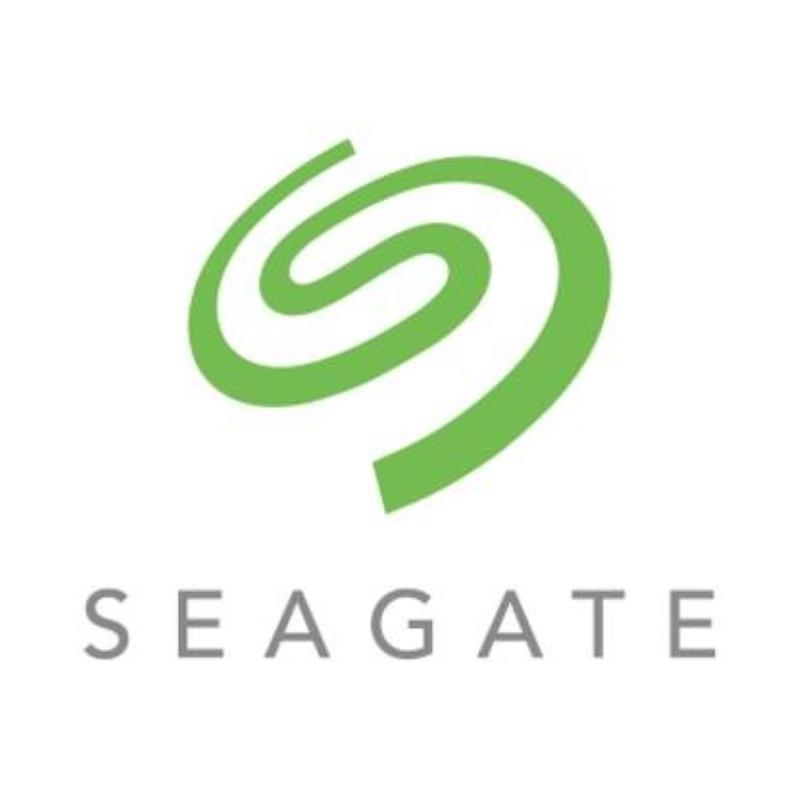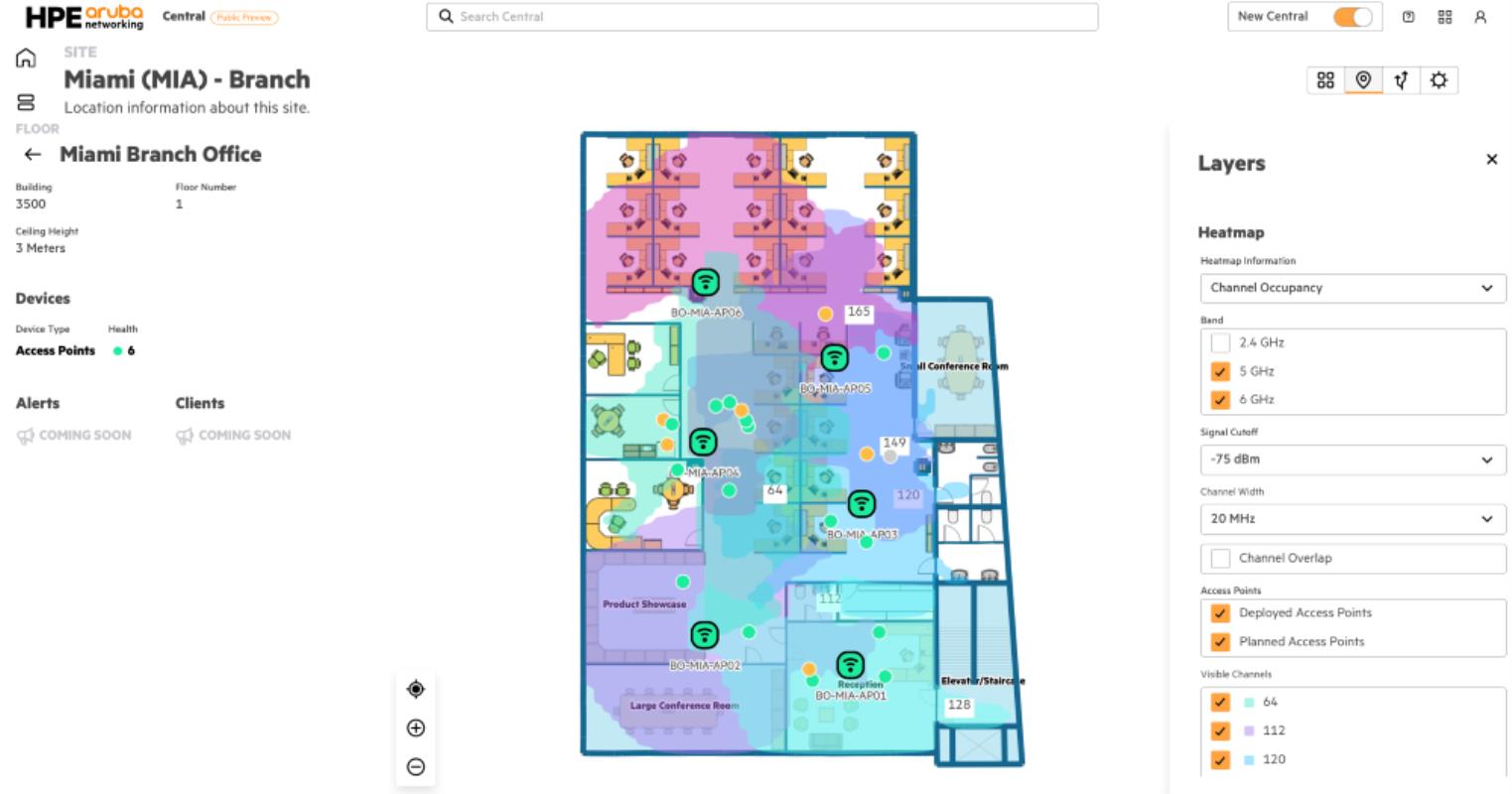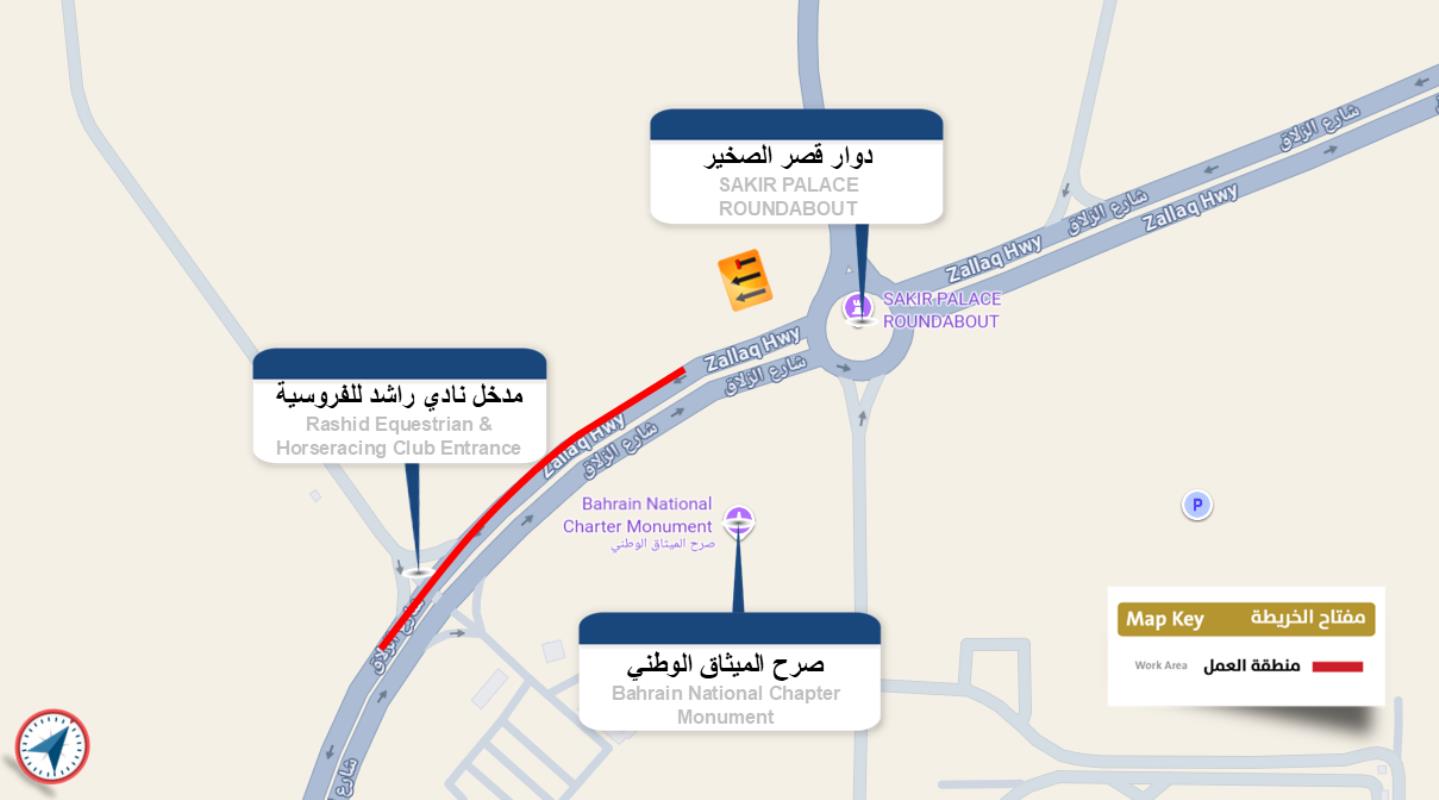
Red Hat Inc., the world's leading provider of open source solutions, today announced a new iteration of Red Hat OpenShift Platform Plus, with new features and capabilities that go beyond the base Kubernetes platform to encompass storage, management and more. This further extends Red Hat OpenShift Platform Plus as a singular Kubernetes platform to span the breadth of enterprise IT scenarios, whether a traditional datacenter, distributed edge operations or multiple public cloud environments.
In the Gartner® report, The Innovation Leader’s Guide to Navigating the Cloud-Native Container Ecosystem, the research firm recommends that “organizations strive to standardize on a consistent platform, to the extent possible across use cases.”[1] As organizations grow application landscapes to meet evolving needs, Kubernetes-powered cloud platforms need to not only span open hybrid cloud infrastructure footprints, but also the variety of workloads and applications running on this foundation.
Red Hat OpenShift Platform Plus is engineered to provide a more consistent foundation for organizations to drive transformational IT standardization. The newest offering includes the necessary tools to more simply build, protect and manage applications throughout the software lifecycle and across Kubernetes clusters. These underlying technology updates include:
Red Hat OpenShift 4.11
Red Hat Advanced Cluster Management for Kubernetes 2.6
Red Hat OpenShift Data Foundation 4.11
A comprehensive platform for workloads that span the hybrid cloud
As organizations continue to scale operating environments, the need for greater consistency across these heterogeneous footprints has grown as well. Red Hat OpenShift 4.11, based on Kubernetes 1.24 and CRI-O 1.24 runtime interface, is designed to make it easier to consume enterprise Kubernetes however and wherever needed across the open hybrid cloud.
The latest version of Red Hat OpenShift enables organizations to install OpenShift directly from major public cloud marketplaces, including AWS marketplace and Azure marketplace. This provides even greater flexibility in how an enterprise chooses to run OpenShift and enables IT teams to better meet dynamic technology requirements.
New features and capabilities in Red Hat OpenShift 4.11 include:
Pod Security Admission integration, which enables users to define different isolation levels for Kubernetes pods to help enforce clearer, more consistent pod behaviors.
Installer provisioned infrastructure (IPI) support for Nutanix for users to employ the IPI process for fully automated, integrated, one-click installation of OpenShift on supported Nutanix virtualized environments.
Additional architectures for sandboxed containers, including the ability to run sandboxed containers on AWS as well as on single node OpenShift. Sandboxed containers provide an optional additional layer of isolation for workloads, even at the far reaches of the network’s edge.
Enhanced oversight and compliance across hybrid environments
Managing disparate workloads can frequently require additional oversight and governance. To help users better manage ever-growing container fleets at the edge, Red Hat Advanced Cluster Management 2.6, as part of Red Hat OpenShift Platform Plus, adds new features aimed at improving availability in high latency, low bandwidth use cases.
A single Red Hat Advanced Cluster Management hub cluster can now deploy and manage up to 2,500 single-node OpenShift clusters, which can be deployed and managed at the edge through zero touch provisioning. Additionally, Red Hat Advanced Cluster Management 2.6 provides edge metrics-collectors designed specifically for single-node and small workloads, allowing for greater observibility of remote operations.
Red Hat Advanced Cluster Management also offers new integrations with key tools, providing users with the flexibility to continue using existing workflows. Key integrations include:
Automatic fleet wide visibility of applications, including wider visibility on the application topology, displaying applications created straight through OpenShift.
Cluster management directly from Red Hat Ansible Automation Platform, available as a technology preview, enables Ansible users to interact with Red Hat Advanced Cluster Management natively.
Integration with Kyverno PolicySet, available as a technology preview, provides users more options to keep pace with Kubernetes policy landscapes.
Data services and persistent storage designed for modern workloads
As organizations move their systems to the hybrid cloud, resilience is often a critical concern. To help minimize data loss and business disruption in the event of a failure, Red Hat OpenShift Data Foundation 4.11 includes OpenShift API for data protection. The operator-based application programming interface (API) can be used to backup and restore applications and data specifics, natively or by using existing data protection applications across the hybrid cloud.
Additionally, Red Hat OpenShift Data Foundation now provides multicluster monitoring capabilities via Red Hat Advanced Cluster Management. This allows for a single view of cluster data management health across multiple clusters and can help reduce operational costs by consolidating cluster management across environments through a single tool.
Availability
Red Hat OpenShift 4.11 and Red Hat OpenShift Data Foundation 4.11 are now generally available. Red Hat Advanced Cluster Management 2.6 is expected to be available later this month.
Supporting Quote
Joe Fernandes, vice president and general manager, Platforms Business Group, Red Hat
“As organizations turn to modern applications to deliver better, more dynamic user experiences, they need a platform that delivers consistency, whether it’s a traditional application in a datacenter to containerized-workloads spanning the edge and multiple public clouds. With today’s updates, Red Hat OpenShift Platform Plus remains positioned to provide this consistent foundation along with a comprehensive set of integrated tools for enhanced management, improved data resiliency, and a stronger security posture.”






































































